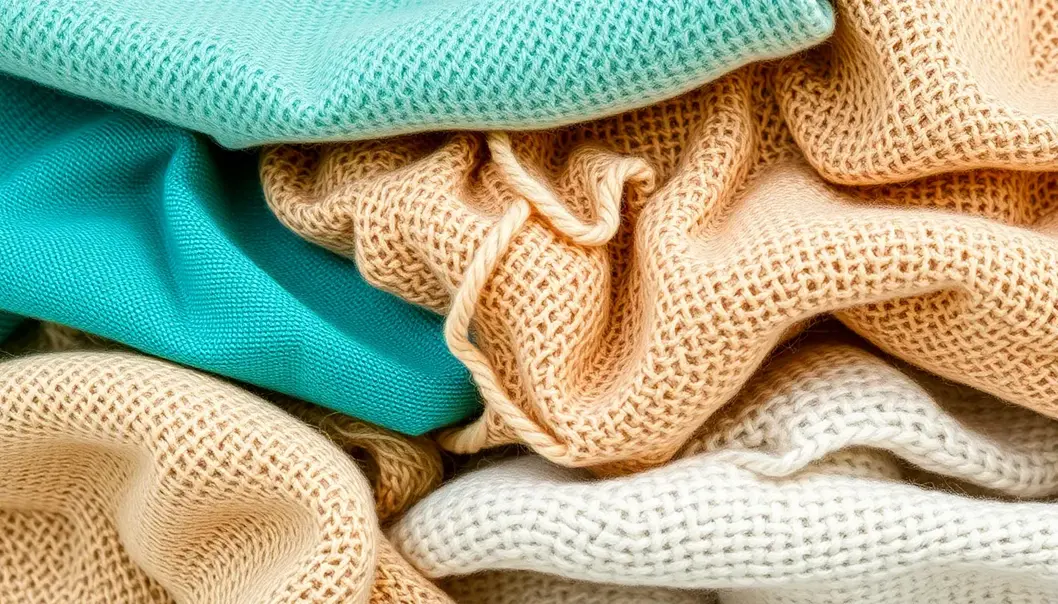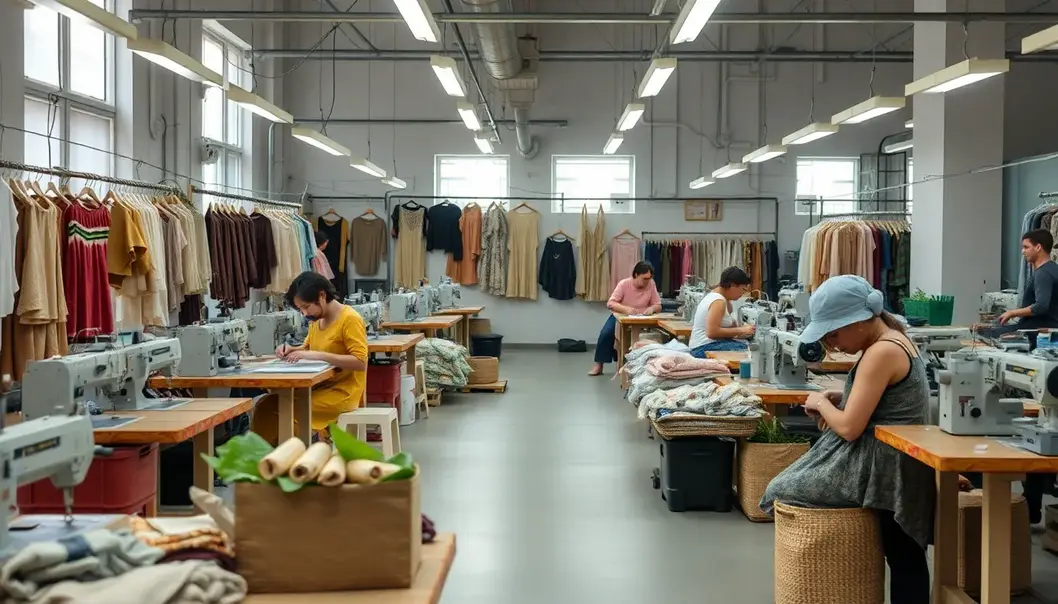Sustainable fashion is an evolving movement aiming to revolutionize how we consume, create, and conceive clothing. It embodies an ethos that prioritizes ecological integrity and social equity, challenging the traditional paradigms of the fashion industry. By choosing sustainably made garments, eco-conscious shoppers are making a significant impact on promoting ethical labor practices and reducing environmental footprints. This guide delves into the essentials of sustainable fashion, offering insights into materials and production processes that align with eco-friendly values. Join the journey to a more sustainable wardrobe, where mindful choices meet chic possibilities, redefining how fashion can serve both humanity and the planet.
The Fabric of Sustainability

Sustainable fashion is deeply rooted in choices of textiles, each uniquely contributing to eco-friendly practices. One such textile is organic cotton, which is grown without synthetic pesticides or fertilizers. This choice significantly reduces its chemical dependency, thereby diminishing the pollution typically associated with conventional cotton farming. Organic cotton also advocates for healthier soil and conserves biodiversity, which are essential components of sustainable agriculture.
Beyond cotton, hemp emerges as a versatile and sustainable option. Known for its rapid growth and minimal water needs, hemp provides a resilient alternative to more water-intensive crops. It thrives without the aid of toxic chemicals and is adept at replenishing the soil with nutrients, making it a key player in the quest for reduced environmental footprints.
Recycled fibers are increasingly embraced for their ability to extend the life cycle of materials. By transforming pre- and post-consumer waste into new textile products, brands are effectively reducing the strain on raw material resources. These fibers underscore the principle of circular fashion, where waste is minimized and resources are continually reused.
The benefits of these materials are not just in production; their biodegradability ensures that when these fabrics reach the end of their life cycle, they leave a minimal mark on our planet. By choosing textiles that break down naturally, we prevent the accumulation of non-degradable waste.
Innovative brands are at the forefront of integrating these materials into mainstream fashion. They are setting benchmarks in sustainable design, proving that style does not have to be sacrificed for sustainability. Such initiatives highlight the potential of eco-friendly textiles to redefine the fashion industry.
In summary, the fabric of sustainability intertwines environmental consciousness with fashion, leading the way for informed consumer choices that benefit both humanity and the planet. For more insights on choosing eco-friendly clothing options, refer to this guide.
Embracing Ethical Production

Discussing ethical production practices within sustainable fashion requires a deep dive into fair labor conditions, transparency, and eco-friendly manufacturing processes. At the heart of ethical production lies the commitment to fair labor conditions. Ensuring that workers receive a living wage, safe working environments, and protection from exploitation is paramount. Brands committed to ethical production often audit their factories to verify compliance with labor standards. This proactive approach protects workers’ rights and fosters trust between brands and consumers.
Transparency in the supply chain is another cornerstone of ethical production. Consumers increasingly demand information about how their clothes are made, from raw materials to finished garments. Brands embracing transparency often publish detailed reports on their sourcing and production practices. This openness not only builds consumer trust but also calls other companies to accountability.
Low-impact manufacturing processes further define ethical production, focusing on reducing the environmental footprint. This includes using eco-friendly dyes, which lower the risk of water pollution. The traditional dyeing process often involves toxic chemicals that pose environmental and health risks. Opting for plant-based or low-impact dyes can significantly diminish these effects. Another key practice is implementing strategies to reduce waste, such as using surplus materials and optimizing cutting techniques.
Numerous labels lead by example in enforcing these ethical standards. These brands prioritize ethical auditing of their supply networks to ensure compliance with environmental and labor laws. They also invest in research and development of sustainable materials and processes, setting a precedent for the entire fashion industry. Such dedication towards ethical production cultivates a positive brand image and paves the way for sustainable transformation in fashion.
For an insightful look at evolving styles that complement ethical production practices, consider exploring this guide on choosing the best hoodies for your style and budget. This resource highlights how style choices can align with eco-conscious shopping, ensuring your wardrobe reflects both personal taste and ethical responsibility.
Final words
Sustainable fashion offers a pathway to align personal style with eco-conscious values. By understanding and choosing sustainable materials and ethical production practices, shoppers can significantly reduce their environmental impact. The movement towards sustainability in fashion is more than a trend; it is a vital shift towards preserving our planet for future generations. Every mindful choice contributes to a larger collective effort, empowering both consumers and brands to partake in a greener future.
Embrace sustainable fashion today and make a positive impact on the environment. Start with our curated eco-friendly collections.
Learn more: https://www.eco-fashionstore.com
About us
Eco-Fashion Store offers a curated selection of sustainable clothing and accessories sourced from ethically responsible brands. Our mission is to provide stylish, eco-friendly options for conscious consumers who seek to make a meaningful impact on the environment. Each product meets high standards of sustainability, ensuring ethical labor practices and minimal environmental footprints.

